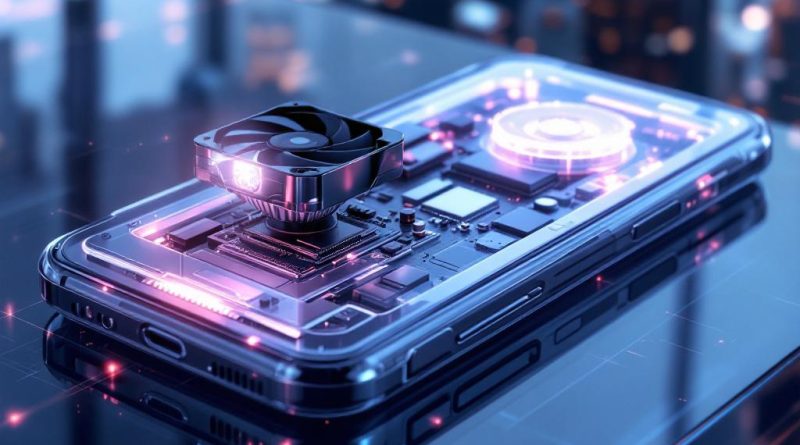Tech Nostalgia: Remembering Classic Gadgets That Changed the World
In our hyper-modern world of AI assistants and foldable screens, it’s easy to forget the revolutionary gadgets that paved the way. Before the all-encompassing smartphone, there was a golden era of single-purpose devices—bold, often clunky, but utterly magical pieces of technology that fundamentally changed our relationship with the world.
These are the gadgets that defined a generation. They taught us how to carry our music, communicate on the go, and organize our digital lives for the very first time. Let’s take a nostalgic trip back and remember five classic gadgets that truly changed the world.
1. The Sony Walkman (1979)
- What it was: A portable cassette player with lightweight headphones.
- Why it changed everything: Before the Walkman, music was a shared, stationary experience tied to a home stereo or a car radio. The Walkman was a revolution in personal freedom. For the first time in history, you could create a private soundtrack for your own life—walking down the street, riding the bus, or jogging in the park, all while listening to a mixtape you had painstakingly curated. It single-handedly created the market for portable audio and introduced the entire world to the concept of personal, mobile entertainment. Every iPod and smartphone with a music app owes its existence to this iconic blue and silver box.
2. The Palm Pilot (1997)
- What it was: A “Personal Digital Assistant” (PDA) that could store your calendar, contacts, to-do lists, and notes.
- Why it changed everything: Long before smartphones, the Palm Pilot was the first device to successfully digitize our work lives. It was a dedicated organizer that synced with your desktop computer. Its simple touchscreen interface and an intuitive “Graffiti” handwriting recognition system made it a beloved tool for business professionals. It proved that people wanted a “computer in their pocket” and laid the essential groundwork for the apps we now take for granted, like Calendar, Contacts, and Notes.
3. The Nokia 3310 (2000)
- What it was: A simple, incredibly durable mobile phone.
- Why it changed everything: The Nokia 3310 wasn’t the first mobile phone, but it was the one that brought mobile communication to the masses. It was affordable, nearly indestructible (becoming a legendary meme for its toughness), and had a battery that lasted for what felt like an eternity. It introduced a generation to text messaging (T9 predictive text, anyone?) and the addictive simplicity of the game Snake II. It transformed the phone from a luxury item for business people into an essential tool for everyone.
4. The Original Apple iPod (2001)
- What it was: A portable digital music player that promised “1,000 songs in your pocket.”
- Why it changed everything: The iPod didn’t just replace the Walkman; it annihilated the entire concept of the album. The combination of the iPod’s massive storage and its iconic click wheel, paired with the iTunes store, made music a library of individual tracks that you could purchase for 99 cents and organize into endless playlists. It completely changed the music industry forever and set Apple on the path to becoming the dominant force in consumer electronics.
5. The Motorola Razr V3 (2004)
- What it was: An impossibly thin, stylish, and futuristic-looking flip phone.
- Why it changed everything: Before the Razr, phones were clunky, utilitarian plastic bricks. The Razr V3 was the first phone to be a true fashion statement. Its sleek, anodized aluminum body, razor-thin profile, and satisfying “snap” when you closed it made it the ultimate status symbol of the mid-2000s. It proved that the design and feel of a gadget were just as important as its technical features, a lesson that would come to define the smartphone era that followed just a few years later.



